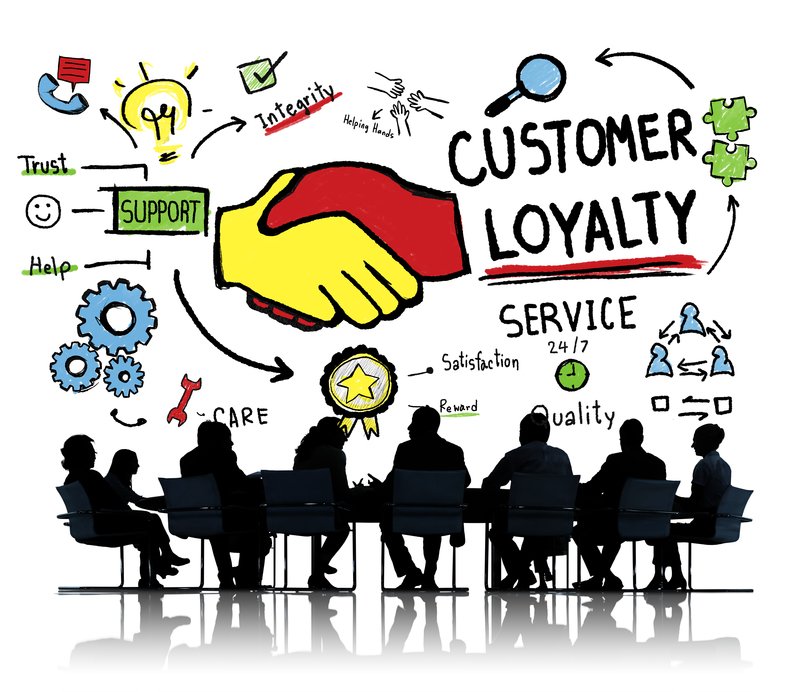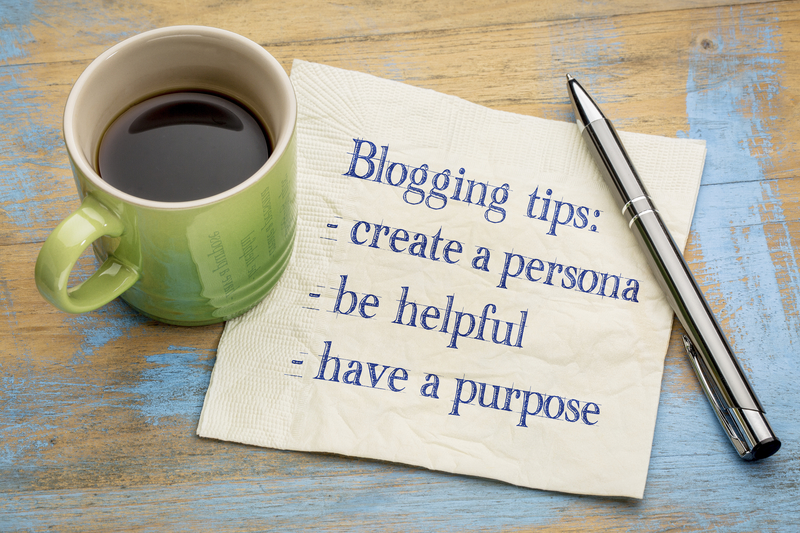I don’t need to tell you how important the conversion rate on your squeeze page is. The better it converts, the more prospects you get. The more prospects you get, the more sales you can eventually make. So how do you get your squeeze pages converting like gangbusters? Here are 13 things you should be doing on every landing page you create to ensure you’re capturing every prospect possible:

Know who you’re talking to. On your squeeze page you are speaking directly to your prospective customer. So who are they and what do they want? You’ve got to know your customer and use the words and images that will appeal directly to them.
Keep it simple. Really. I’ve seen squeeze pages that are cluttered with so much stuff you don’t know what to look at first. So what happens? Rather than try to sort it all out, many people will simply close it. Remember, you’ve got about 3 seconds to capture attention and hold it. Keep the clutter out and only share enough to get them to take action right now. Any more than that and you’re confusing them – and losing sign-ups.
Split-test. Everything. Repeatedly. Use a good split test program to test your headlines, your colors, your fonts, graphics, form, opt-in button, EVERYTHING.
Use one strong focal point only. You can and should use different font colors and sizes, but you only want one focal point to draw the eye in and capture attention, and that should be your headline. Everything else should flow from the headline.
Your entire message should be consistent. In other words, don’t use a headline extolling the benefits of weight loss and then use bullet points about the benefits of exercise unless it’s in direct relation to weight loss. Keep it consistent or you’ll confuse and lose your prospects.
Match your landing page to your sales page. If your sales page is for a product that teaches traffic generation strategies, then your squeeze page should refer to traffic generation strategies, not Internet Marketing in general. This might sound basic, but it’s surprising how many times I’ve gone from a squeeze page on one topic to a sales page on something different.
Sell the benefits. Remember, you’re not selling a drill, you’re selling holes. You’re not selling steak, you’re selling the aroma, the taste and the satisfaction.
Forget what you think. So you think you’ve found the perfect headline? The magic bullets? Just the right color scheme? It doesn’t matter what you think – it matters what converts the best. See #3.
Think “above the fold.” Yes, your squeeze page might extend beyond the fold – that is, below the area that shows in the computer screen without scrolling. But the area above the fold should stand on its own. It should show the headline, the bullets and the opt-in form. The below-the-fold-area is for those prospects who haven’t quite decided to opt in yet and want more info.
Tell them what to do. Your visitors landed on your squeeze page because they’re looking for something. Don’t be coy or clever – make it clear what they will get and what they need to do to get it.
Color matters. Use opposing colors on the color wheel to create contrast, and then test, test, test. Yes, some colors really will convert better than others but it depends on your offer and your audience, so you’ve got to test it for yourself.
Be trustworthy. Use short, 1 sentence testimonials that rock. Display your logo, certification, etc. Place your contact info at the bottom of the page. If you’ve been in business for years, state how many. If you’ve won awards, place those on there as well. Don’t clutter your page with this info, but do make it available.
Ask. Perhaps the best squeeze page trick, outside of testing, is to ASK them a question that they must answer with a YES! “Do You Want to Look 10 years Younger?” “Are You Ready to Build Your List 10 Times Faster?” “Do You Want To Be Irresistible to Women?” Strategically placing these on your website puts them in a “YES!” frame of mind, making them more likely to opt into your list.
Implement these conversion hacks to increase your opt-in rates and grow your sales!










